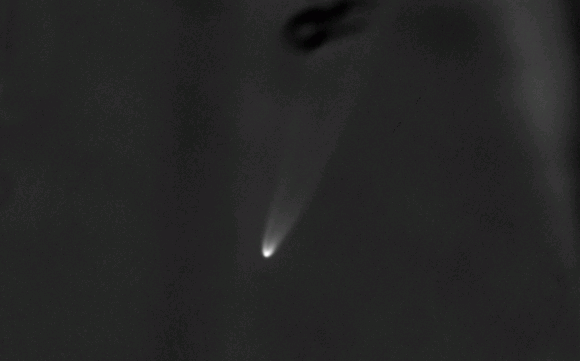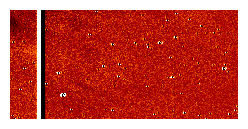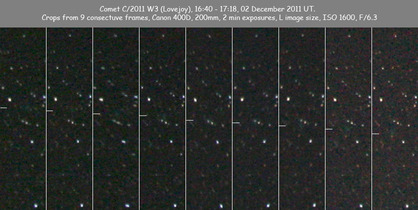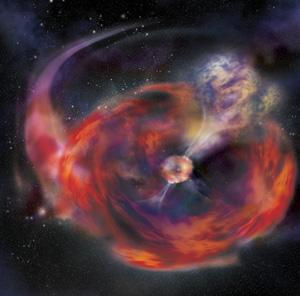
It was almost a pre-holiday miracle that Comet Lovejoy survived its close encounter with the Sun on Dec. 15, 2011. But now, the feisty comet is making a 'merry and bright' comeback, re-sprouting its tail and showing up brilliantly with binoculars and in telescopic images from southern hemisphere skywatchers.
"It was a big surprise that after going through the solar atmosphere it re-emerged with a beautiful tail," Karl Battams told Universe Today. Battams is with Naval Research Laboratory and has been detailing the Comet Lovejoy's incredible journey on the Sungrazing Comets website. "And basically within a day it was as bright after the encounter as it was before."
The beautiful image above was taken on Dec. 17, 2011, clearly showing two gorgeous tails on Comet Lovejoy. See more from the Czech team that took the image at their website, Kommet.cz.
As much as this comet has surprised everyone, no one is going out on a limb and predicting it will become visible with the naked eye. But who knows? The comet's discoverer, Austrailian amateur astronomer Terry Lovejoy was able to image the comet in the day time! " I am hopeful of a nice binocular comet low in the dawn around Christmas time," Lovejoy said on the Ice in Space website.







